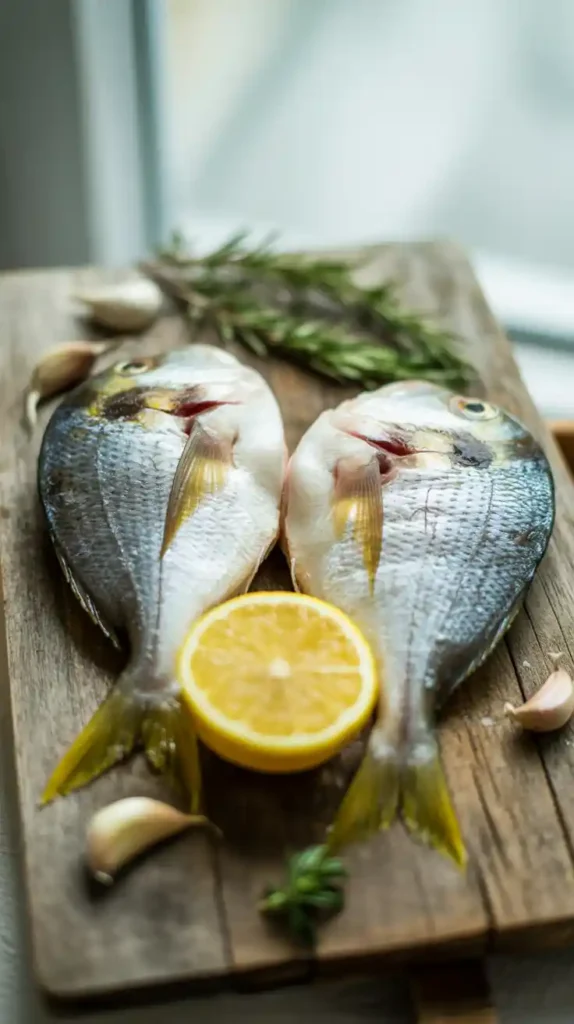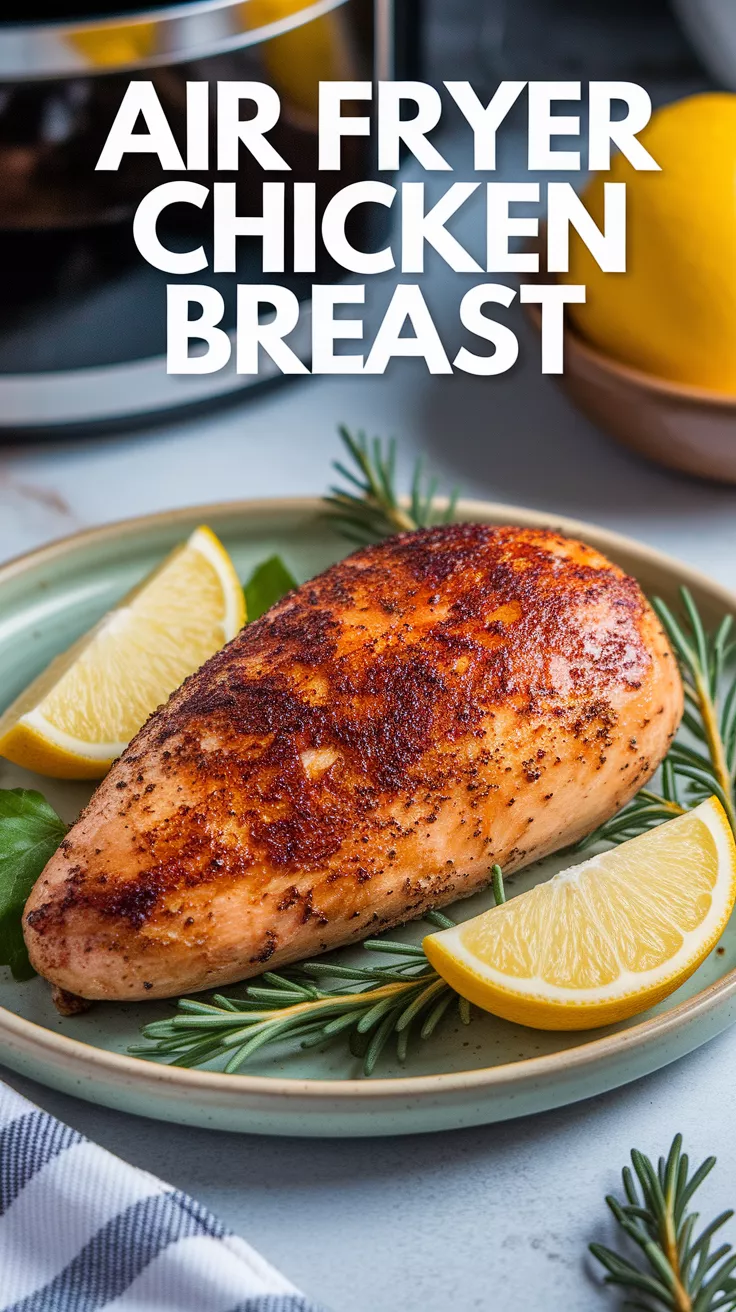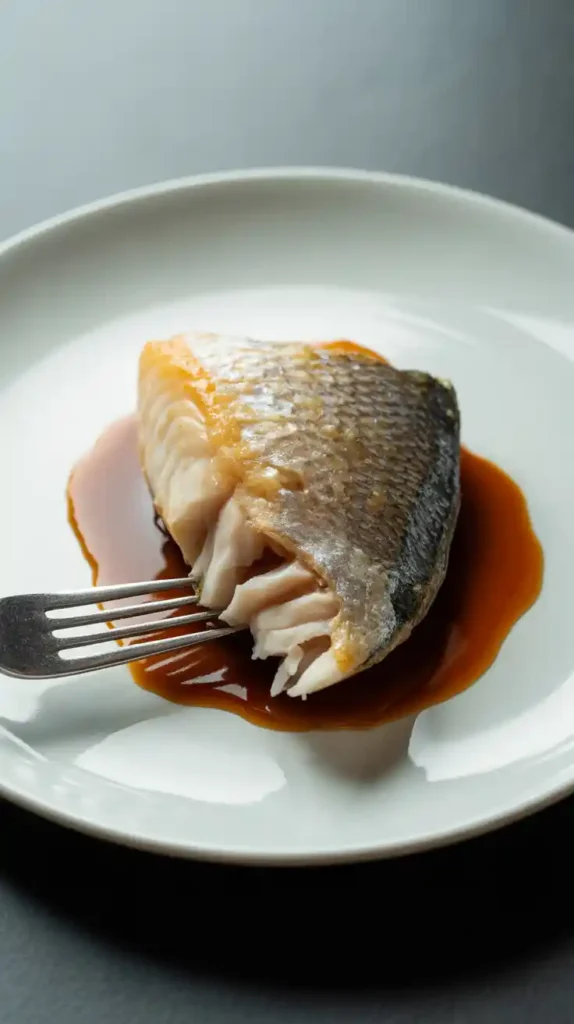The “You Can Do This” Guide on How to Cook Dorado Fish to Perfection
Let’s talk about the fish counter. You see it sitting there on a bed of ice, looking all majestic, silvery, and impossibly delicious. The sign says “Dorado.” You’re intrigued. You want to be the kind of person who casually whips up a perfect fish dinner on a Tuesday. But then the fear creeps in. What if you overcook it? What if the skin sticks? What if you spend good money on a beautiful fish only to turn it into a sad, dry tragedy? So you sigh and grab the salmon again. Well, not today. Today, we are going to learn how to cook dorado fish, and it’s going to be so easy and delicious, you’ll wonder why you ever hesitated.
Whether you know it as the mighty Mahi-Mahi or the delicate Mediterranean Sea Bream, Dorado is a fantastic fish that deserves a spot in your dinner rotation. We’re going to give it the respect it deserves with a classic, foolproof, pan-searing method that guarantees a shatteringly crispy skin and a moist, flaky interior every single time.
Why This Recipe is an Absolute Keeper
So, why is this simple pan-sear the best thing you can do for a beautiful piece of fish?
- It Delivers Restaurant-Quality Results: This is the technique chefs use to get that incredible contrast in texture. We’re talking impossibly crispy, salty skin and a perfectly cooked, tender, and juicy fillet. Your kitchen is about to become your new favorite seafood bistro.
- It’s Incredibly Fast: This entire, glorious, impressive-looking meal is on the table in under 20 minutes. It is the definition of a fast, fresh, and fabulous weeknight dinner.
- The Flavor is Clean and Bright: This simple Mediterranean preparation with garlic, herbs, and lemon doesn’t mask the delicate, sweet flavor of the fish—it enhances it. It tastes like a vacation on a plate.
The Ingredient List: A Mediterranean Dream
To make this beautiful fish shine, we’re using a handful of simple, classic ingredients.
- Dorado Fillets: 2 fillets, about 6 ounces each. Mahi-Mahi or Sea Bream both work perfectly. Get them with the skin on, as this is the key to our crispy masterpiece.
- Good Quality Olive Oil: 2 tablespoons.
- Garlic: 2-3 cloves, thinly sliced.
- Fresh Herbs: A few sprigs of fresh rosemary and/or thyme.
- Dry White Wine: ¼ cup, like a Pinot Grigio or Sauvignon Blanc. You can substitute with chicken or vegetable broth.
- Unsalted Butter: 2 tablespoons.
- A Lemon: For juice and wedges.
- Coarse Salt and Freshly Ground Black Pepper.
Tools & Kitchen Gadgets: Your Fish-Searing Kit
You don’t need much, but the right pan and the right spatula are your keys to success.
- A Good Quality Skillet: A heavy-bottomed stainless steel or a well-seasoned cast-iron pan is best for a hard sear. A good non-stick pan also works if you’re nervous about sticking.
- A Fish Spatula: This is a thin, flexible, slotted metal spatula. It’s designed to slide cleanly under delicate fish fillets without breaking them. It’s a game-changer.
- Tongs: For handling the herbs.
- Paper Towels: The most important tool for crispy skin. I am not exaggerating.
- An Instant-Read Meat Thermometer: The only way to guarantee your fish is perfectly cooked and not dry.
Step-by-Step Instructions: The Path to Crispy-Skinned Glory
Ready to cook the best fish of your life? It’s all about a hot pan and confidence.
Step 1: The Pre-Flight Check (The Most Important Step)
Take your fish fillets out of the fridge about 15 minutes before cooking. Now, for the most critical step of this entire process: use paper towels to pat the skin of the fish completely and utterly dry. When you think it’s dry, grab a new paper towel and pat it again. Moisture is the mortal enemy of crispy skin. Season both sides of the fillets generously with salt and pepper.
Step 2: The Sear
Place your skillet over medium-high heat. Add the olive oil. Once the oil is hot and shimmering (but not smoking), it’s go-time. Carefully place the fish fillets in the pan, skin-side down. As soon as the fish hits the pan, use your fish spatula to gently press down on the top of each fillet for about 10 seconds. This prevents the skin from curling up and ensures it makes even contact with the hot pan.
Now, for the hard part: Do not touch it. Let it sear, undisturbed, for 4-6 minutes. You’ll see the flesh turning opaque from the bottom up.
Step 3: The Aromatics
After a few minutes, toss your sliced garlic and herb sprigs into the pan around the fish. This will perfume the oil and infuse the fish with incredible flavor as it finishes cooking.
Step 4: The Flip and Baste
After 4-6 minutes, the skin should be golden-brown and crispy, and the fillet should be mostly cooked through. Use your fish spatula to carefully flip the fillets over. They should release easily.
Now, add the white wine or broth to the pan (it will steam and sizzle—this is good!), followed by the butter. As the butter melts, tilt the pan slightly and use a spoon to baste the fish with the pan sauce for about a minute.
Step 5: The Final Check
The fish will only need another 1-2 minutes on the second side. It’s done when the flesh is opaque and flakes easily with a fork. For ultimate perfection, use your instant-read thermometer. Insert it into the thickest part of the fillet; you’re looking for an internal temperature of around 137-140°F (58-60°C) for a moist, flaky result. Squeeze a little fresh lemon juice over the top before serving.
Calories & Nutritional Info (A Healthy Indulgence)
This dish is as healthy as it is delicious. It’s a clean, lean, protein-packed meal.
- Serving Size: One 6-ounce fillet.
- Calories: Approximately 350-400 kcal.
- Protein: A fantastic 35-40g!
- Fat: ~20g (Rich in healthy Omega-3 fatty acids).
- Good For: Your heart, your brain, and making you feel like you’re on a Mediterranean vacation.
Common Mistakes to Avoid (Fish Catastrophes)
- A Soggy, Stuck-On Skin: I’m going to sound like a broken record, but this is almost always caused by two things: wet skin or a pan that isn’t hot enough. The skin must be bone-dry, and the oil in the pan must be shimmering hot before the fish goes in.
- Fidgeting with the Fish: Once you place the fish skin-side down, leave it alone! Moving it around or trying to peek underneath too early will prevent that beautiful, even, crispy crust from forming. Let the pan do the work.
- The Dreaded Overcook: There is a very small window between perfectly cooked fish and dry, tough fish. The only way to hit that window perfectly every time is to use an instant-read meat thermometer. It takes all the guesswork out and is the single best tool for becoming a better cook.
- Breaking the Fillet: Fish is delicate. Trying to flip it with a clunky, thick spatula is a recipe for disaster. A thin, flexible fish spatula is designed to glide under the fillet and support it so it doesn’t break in half.
Variations & Customizations
This simple pan-sear is a perfect base for a world of flavors.
1. The Whole Roasted Dorado
For a truly dramatic and impressive presentation. Take a whole, cleaned dorado (sea bream is great for this). Stuff the cavity with sliced lemon, whole garlic cloves, and a large bunch of fresh herbs (like parsley and dill). Drizzle with olive oil, season generously, and roast in a 400°F (200°C) oven for 20-25 minutes, until cooked through.
2. The Spicy Spanish Dorado
Give your fish a Spanish flair. Season the fillets with salt, pepper, and a generous amount of smoked paprika. When you make your pan sauce, use orange juice instead of white wine and add a pinch of saffron threads if you’re feeling fancy. Garnish with chopped parsley and sliced olives.
3. Dorado en Papillote (Steamed in Parchment)
This is a foolproof, healthy, and incredibly flavorful method. On a large piece of parchment paper, lay a bed of thinly sliced vegetables (like zucchini, bell peppers, and onions). Place your seasoned dorado fillet on top. Add some cherry tomatoes, capers, a splash of white wine, and a sprig of thyme. Fold the parchment into a sealed packet and bake at 400°F (200°C) for 15-18 minutes.
FAQ: Your Most Pressing Fish Questions
What’s the difference between Dorado, Mahi-Mahi, and Sea Bream?
It can be confusing!
- Mahi-Mahi: Is a larger, saltwater fish found in tropical and subtropical waters. It’s often called Dorado in Spanish-speaking regions. It has a firm texture and a mild, sweet flavor.
- Sea Bream: Is a smaller, typically Mediterranean fish. It’s also often called Dorado or Orata. It has a more delicate texture and a clean, mild flavor. The good news? This recipe works beautifully for both!
What should I look for when buying fresh fish?
Look for fillets that have firm, translucent flesh and vibrant, red gills if you’re buying a whole fish. It should smell fresh and clean, like the ocean, with no “fishy” or ammonia-like odors.
Should I cook it with the skin on or off?
For this pan-searing method, skin-on is absolutely the way to go. The skin protects the delicate flesh from the intense heat of the pan, and when you get it right, it becomes a crispy, delicious treat.
How do I know when my fish is cooked without a thermometer?
While a thermometer is best, the classic test is to insert a fork into the thickest part of the fillet and gently twist. The fish should flake easily and the flesh should be opaque, not translucent.
My fish always sticks to the pan! What am I doing wrong?
It’s likely one of three things: 1. Your pan wasn’t hot enough. The oil needs to be shimmering. 2. Your fish skin was wet. It must be completely dry. 3. You tried to move it too soon. Let it form a crust, and it will release itself from the pan.
What should I serve with this dish?
This Mediterranean-style fish is perfect with roasted potatoes, a simple arugula salad, couscous with fresh herbs, or some grilled or air-fried asparagus.
Can I use this method for other types of fish?
Absolutely! This technique is fantastic for any fish fillet with the skin on, like salmon, branzino, or snapper. Just adjust the cooking time based on the thickness of the fillet.
Final Thoughts
You’ve done it. You have conquered your fear of the fish counter and created a truly elegant, restaurant-quality meal in your own kitchen. You’ve mastered the art of the crispy skin, the secret to a moist and flaky fillet, and you did it all in less time than it takes to watch an episode of your favorite show.
So go on, enjoy your Mediterranean masterpiece. You’re basically on a coastal vacation now. Your taste buds will thank you.




